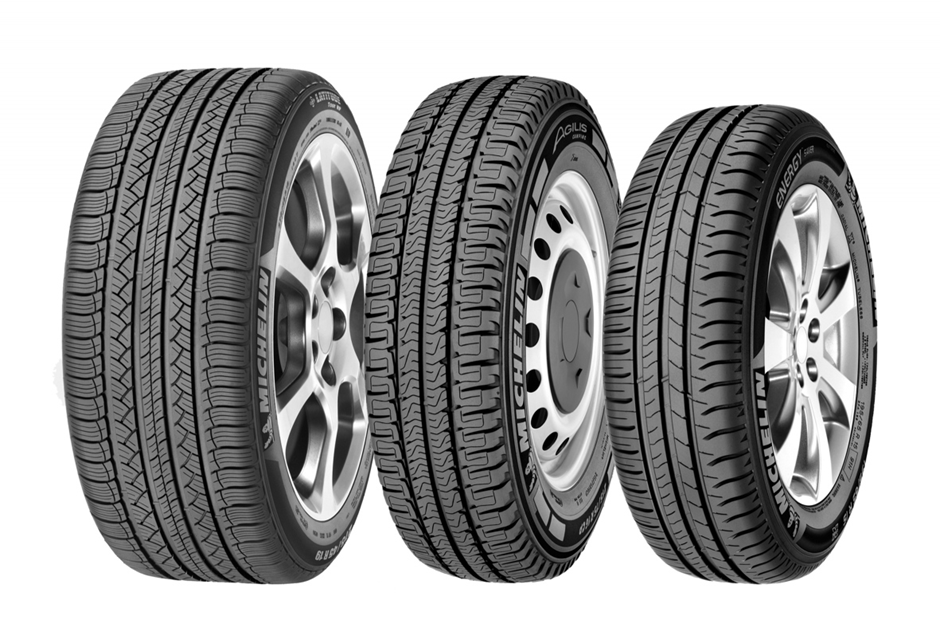Tires are the many links between a car’s performance and the road. Generally a good set of tires improves the steering, handling, acceleration and not to forget most importantly the braking of your car. In this article of mine I had try to get you acquainted with the basics of the tires without getting into much technical details. The primary 5 set of elements to look at while choosing a right set of tires for your vehicle are:-
Tube-type or tubeless: Undoubtedly it is the tubeless tires that fare better over their competitor tube type tires. They are generally more safe, advanced with few additional benefits.
Size: Size is also another most talked about and controversial part of buying tires for those planning for an up-size. Tire sizes are represented in a standard format. For e.g. 205/55 R 15, which can be read as follows:
205 (mm) is the width of the tread on the tyre.
55 (%) is the height of the sidewall represented as a % of the tread width.
R (Radial) – Radial construction
15 (inches) – Is the rim diameter of the wheel.
Choosing the right size can be broken up into three decisions –
- Rim size
- ii. Tread width
- iii. Sidewall Height (or Profile) –
Tread Pattern: The tread pattern of a tire has a major effect on the tires wet weather performance, which depends on its ability to channel water away from the contact patch between the tire and the road. The tread pattern also plays a part in how much road noise is generated by the tire due to air getting trapped and expelled from those channels during running.
Rubber Compound and overall quality of the tire: The rubber compound used to manufacture the tire is probably the most important factor in determining a tire’s traction and tread wear characteristics. Generally, the quality of the rubber is proportional to the amount of traction you will get. The compound also plays a part in the behavior of a tire in little ways, for example, some tires will screech and wail when approaching the limits of traction, whereas others might just let out the faintest chirp and then begin to slide.



